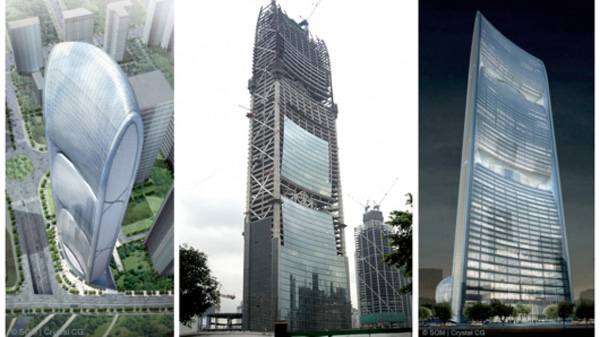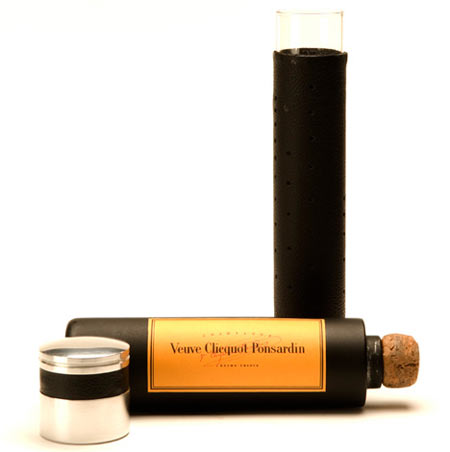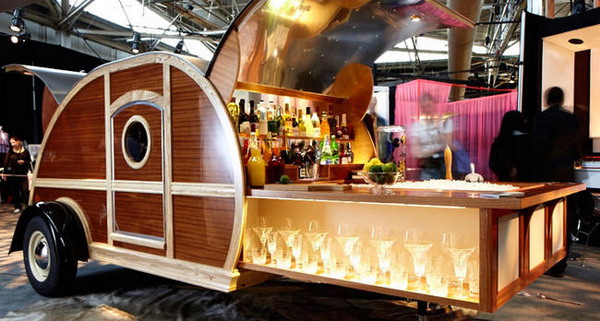The 71-story Pearl River Tower, famous for being one of the most energy-efficient skyscrapers in the world, would be inaugurated by the end of this year. The tower is 309.6 meters tall and covers an area of 2.3-million square-foot. It has incorporated the latest green technology and engineering advancements. The most talked about feature is the pair of openings in the tower’s front wall which feed wind turbines to generate energy for the building.
SOM, the Chicago-based architectural consultants who developed the Burj tower in Dubai, was given the responsibility to develop the Pearl River Tower in Guangzhou, China. The execution of the project is done by CNTC Guangdong Tobacco Corporation.
The body of the structure is made in such a way that it can direct wind to the building’s integrated wind turbines to generate power for the building’s heating, ventilation and air conditioning systems. The turbines are expected to produce up to four percent of the building’s power requirements and will be used to dehumidify the building.
The tower wall with internally ventilated eight-inch air corridor acts as insulation against temperature extremes. Instead of transferring through to the interior of the building, heat from the sun is trapped and used for dehumidification and for heating water.
The solar panels on the roof provide power to perforated metal window blinds that automatically track the sun and open and close to minimize solar heat. These systems help the Pearl River Tower to cut its cooling needs and let it use an air conditioning system 80 times smaller than those of comparable conventional skyscrapers. Solar collectors integrated into the building facades also transform the sun’s energy into usable AC current.There’s a need to have more of such towers which are self sufficient and eco-friendly.




